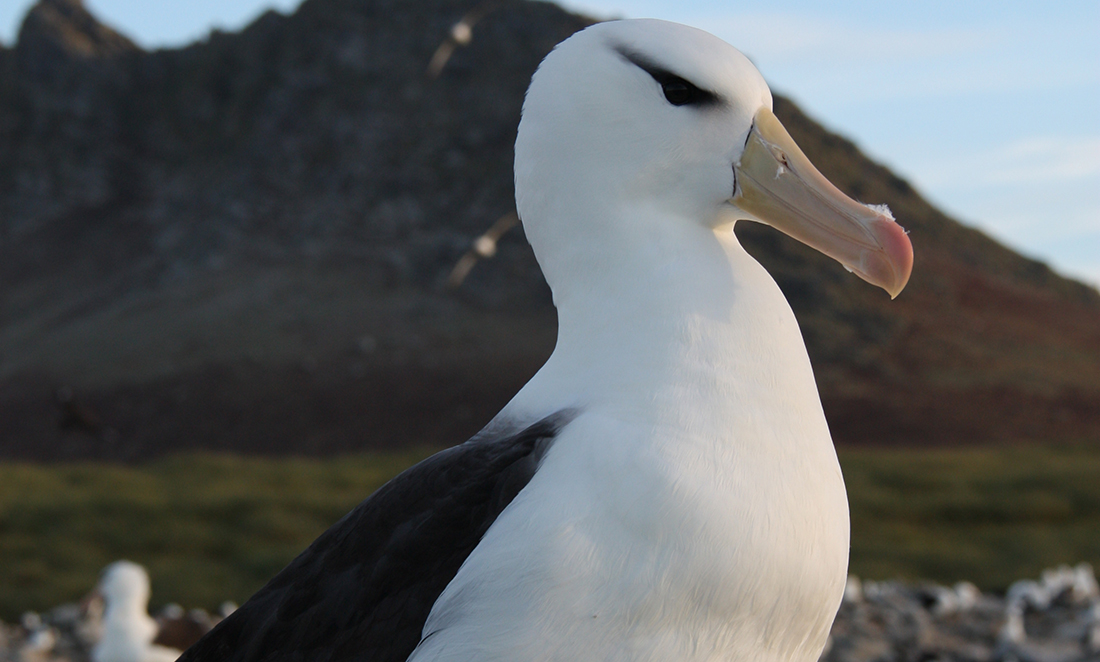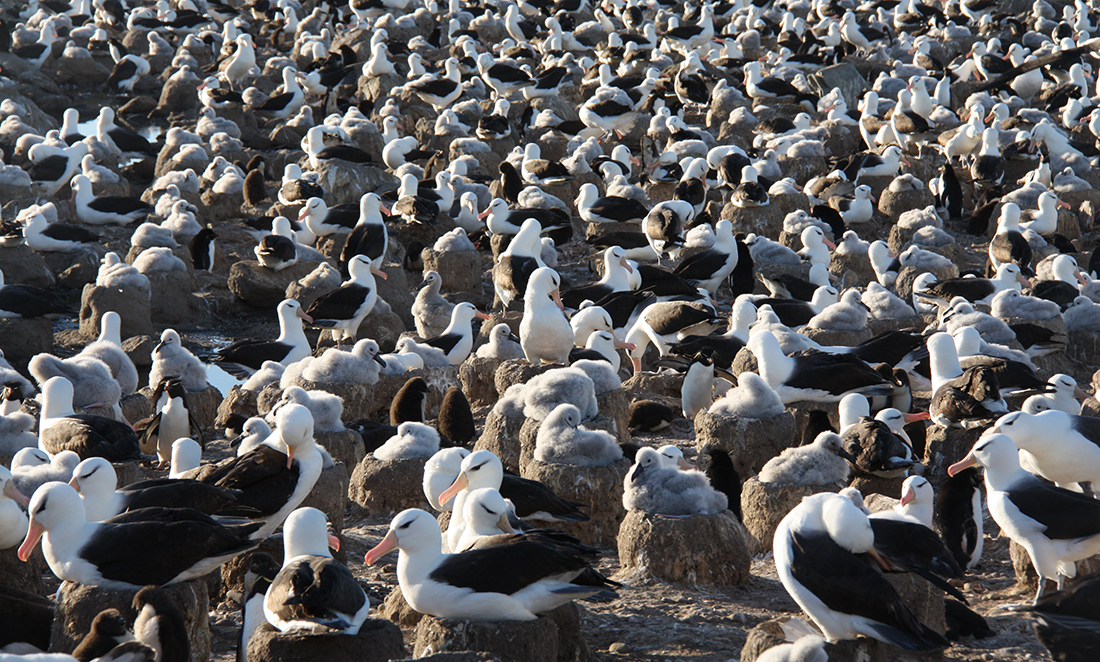If there is one quality that scientists possess, it’s dedication. They train for years, mastering complex concepts and theories, all in pursuit of answering the universe’s questions.
Sometimes these questions lead to … unexpected places.
Just ask Dr Julie McInnes of the Institute for Marine and Antarctic Studies at the University of Tasmania. She dedicates her scientific study to measuring the effect of climate change on how different species live and feed.
How, you ask? By sampling fresh albatross poo on subantarctic islands, of course.
“By analysing albatross scat, we can understand predator/prey models and try to understand the food chain,” says Julie.
SHOO-BA-DO-WAH!

This method of scat sampling is possible due to advances in DNA technology. Julie and her team can now better detect DNA in places where lots of different kinds of DNA are mixed up together (like poo). Previously, scientists had to rely on sifting through albatrosses’ stomach contents, which is less accurate.
And while few scientists may be overjoyed at the idea of scooping up bird poo, they are excited about what this new method can tell us about the birds’ ecosystem.
“One of the really exciting things about this study is finding jellyfish in the albatrosses’ diet. We didn’t expect to find this.”
“With stomach content analysis, you can’t actually find the jellyfish because they’re so gelatinous and are digested very quickly.”
“It’s a side of the food chain we haven’t seen before. We’re finding that more and more species are eating jellyfish.”
LOOKING TO THE FUTURE
Julie’s work isn’t just about finding out the best catering plan for seabirds.
The DNA analysis of 1460 scats from breeding sites around the Southern Ocean will be used as a snapshot of the albatrosses’ diet in the present day. By comparing this against the diets of albatrosses in the future, Julie and her team will be able to measure how our marine ecosystems—and thus our climate—are changing over time.

“There are climate change scenarios where warmer waters and more man-made structures lead to an increase in jellyfish populations. What will that mean for albatross populations?”
If you want to find out and get the best results, you’ve gotta go for the fresh stuff.
FRESH IS BEST
“Ultraviolet radiation and rain can degrade the DNA in the sample. If the sample is sitting out in the sunshine for a day, it can kill the DNA. So the fresher, the better.”
“You can also get grass blowing into the sample or have insects laying eggs in it, and these all contaminate the scat with other types of DNA.”
So, does that mean …
“You sit and you wait for that bum to raise into the air and then deploy your data.”
If that’s not dedication to understanding our natural world, I don’t know what is.









